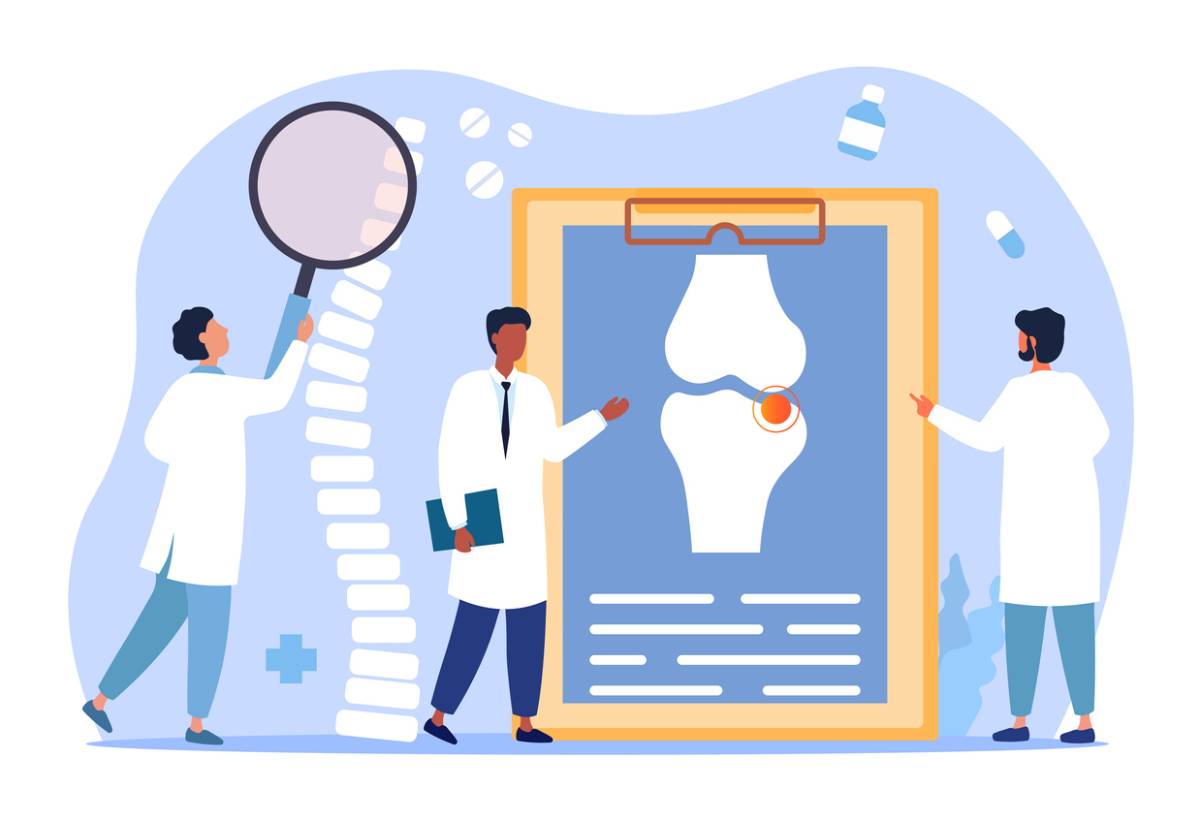Osteoarthritis is most commonly associated with older people, as the condition is usually caused by gradual wear and tear over decades of use. However, that does not mean that younger people cannot develop osteoarthritis.
Can Young People Have Osteoarthritis?
In the United States, the Centers for Disease Control and Prevention estimate that 7% of the population between the ages of 18 and 44 have osteoarthritis. While there are many reasons why younger people might develop this condition, evidence suggests that injuries affecting cartilage and tendons may influence the likelihood that someone will develop osteoarthritis before the age of 50.
What Is Osteoarthritis?
Osteoarthritis is a degenerative disease affecting the joints. It tends to be slow but progressive, wearing down the cartilage, bone, fat, and other connective tissues down over time. The damage to the joint tends to cause pain due to the lack of fluid movement. Stiffness and decreased flexibility in the joint are other common hallmarks.
This condition does not develop overnight. In most cases, it develops over the course of decades with symptoms becoming increasingly noticeable as the person enters middle age. As stated above, it is possible for an injury or repeated strain on a particular joint to accelerate this process. Unfortunately, we do not currently have a cure for the condition.
Identifying Osteoarthritis
Osteoarthritis isn’t usually diagnosed until you’ve started to experience noticeable symptoms. In addition to pain, stiffness, and a loss of mobility in the affected joints, you may also experience:
- A grating sensation, like there’s sand in the joint(s)
- Bone spurs, which may feel like extra knobs of bone
- Swelling, localized to the affected joint(s)
People most often develop osteoarthritis in the joints of their hands, knees, hips, and feet. Areas of the back are also common, especially in the lower lumbar and cervical regions of the spine.
If you suspect that you may have developed some kind of arthritis in your spine or another joint, then you will need to meet with your spine surgeon in Beverly Hills for a formal diagnosis. Luckily, osteoarthritis can usually be diagnosed with a basic x-ray. In some cases, an MRI may be necessary.
Treating Osteoarthritis
We may not have a cure for osteoarthritis, but modern medicine has been able to produce a number of reliable treatments for the condition. Regardless of your age, your osteoarthritis treatments in Beverly Hills can help to improve your quality of life and slow the progression of the disease.
The treatments for osteoarthritis can be broken down into three categories: medicine, therapy, and surgery. Your doctor will generally prescribe a combination of the first two categories before resorting to surgery, but it is a possibility for more severe cases.
Medicine:
Medications for osteoarthritis have two distinct roles. First, to reduce inflammation in the joint. And to treat the pain caused by the condition. When the medications prove successful, they can help you remain comfortable throughout the day. At the same time, they improve the mobility you have in the affected joints.
Therapy:
Therapy also has a dual purpose. Depending on the kind of therapy you’re doing, your therapist is working on one of two goals.
A physical therapist’s role is to improve the muscle strength in the areas surrounding the affected joints. By strengthening the muscles, you’re providing a better support structure for the joint and reducing overall strain.
An occupational therapist’s role is to show you how to do everyday tasks in a way that is less likely to aggravate your condition. While you may initially feel silly learning how to do things you already do everyday, the truth is that therapy can be just as effective as medication.
Surgery:
All surgical procedures have inherent risks, so your doctor will not pursue a surgical pathway in your treatment until it is clear that other treatment options are not providing adequate relief.


